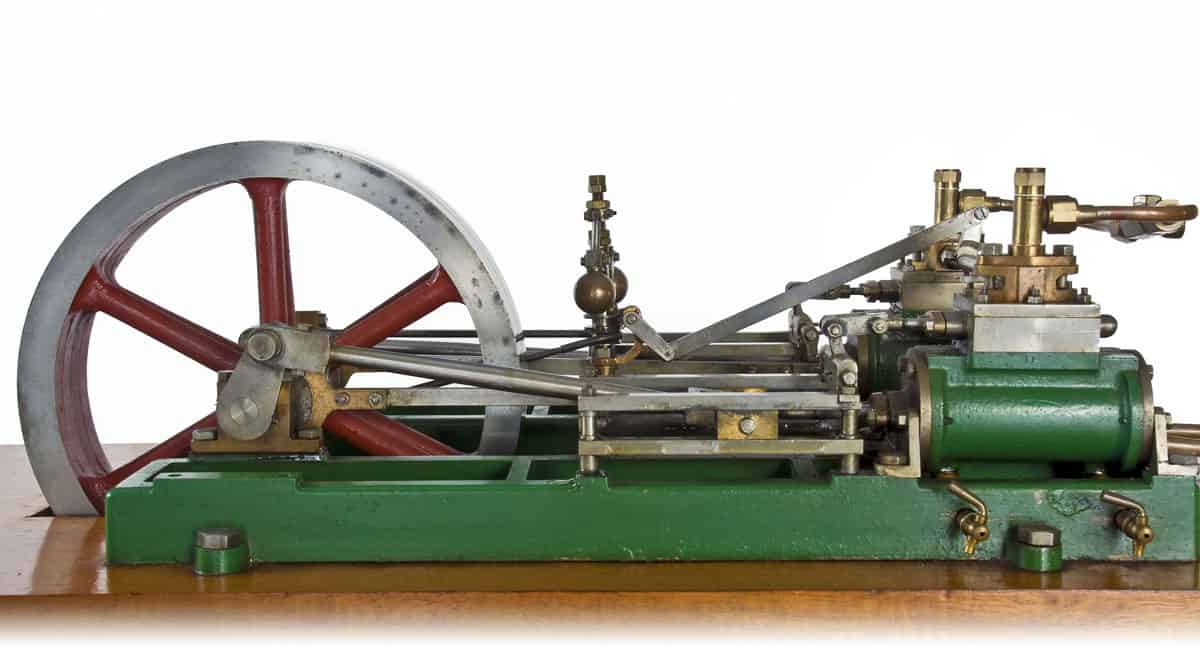Defining Energy and Power

Energy is the fundamental driver of most of the processes we care about. It drives photosynthesis to make plants grow, it powers cellular functions, and its modern forms make today’s societies different from those of antiquity.
Energy is the ability to do work, where work is defined as exerting force over a distance.
Work = Force × Distance

1 joule is the amount of energy required to apply a force of 1 newton for 1 meter.
Lifting a rock and pushing a wheelbarrow are examples of work. While energy can be evaluated, predicted, and controlled, it remains an abstract concept that is hard to define, touch, or describe. Despite the fact that energy surrounds us and is embedded within us in many ways, energy remains indescribable. Even the great Nobel laureate Richard Feynman, who worked deeply with quantum mechanics and electrodynamics, pointed out the mysteries of energy.
“We have no knowledge of what energy is … It is an abstract thing in that it does not tell us the mechanism or the reasons for the various formulas.”—Richard Feynman
Power is closely related to but different from energy. While energy is a quantity, power is a rate. It is the rate at which energy is produced, moved, or consumed per unit of time, or work per unit of time.
Power = Work ÷ Time

Power indicates the rate at which work is performed or how quickly energy is consumed.
- Energy = Power x Time
- Power = Work ÷ Time
- Energy = Work
As a scientist, engineer or thermodynamicist, one can describe transformations of energy more easily than the fundamental nature of energy itself. Ambiguity is one of energy’s many challenges. Thermodynamic definitions of energy include “something we use to predict and explain how things happen.” One can teach what energy does. Societies can harness it, convert it, manipulate it, and clean up its resources, but no one can touch it or see it. Yet the evidence of its existence is all around us, omnipresent—and maybe omniscient, too, if you include the information contained within energy—like a mysterious force.
Image Credits: Pete Saloutos/.


